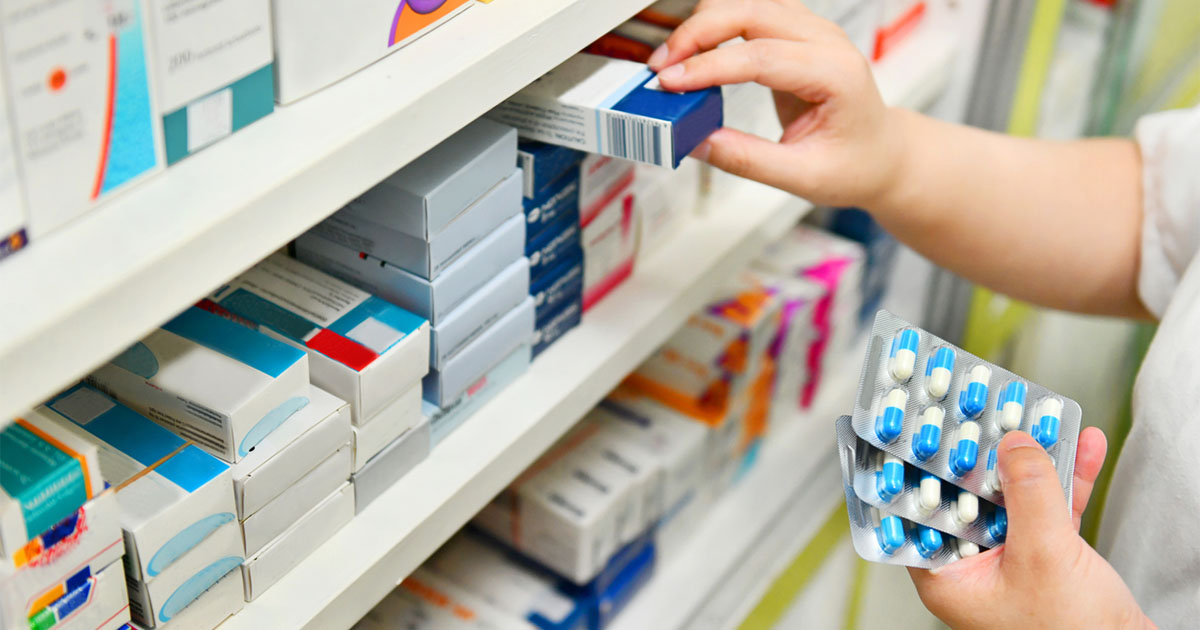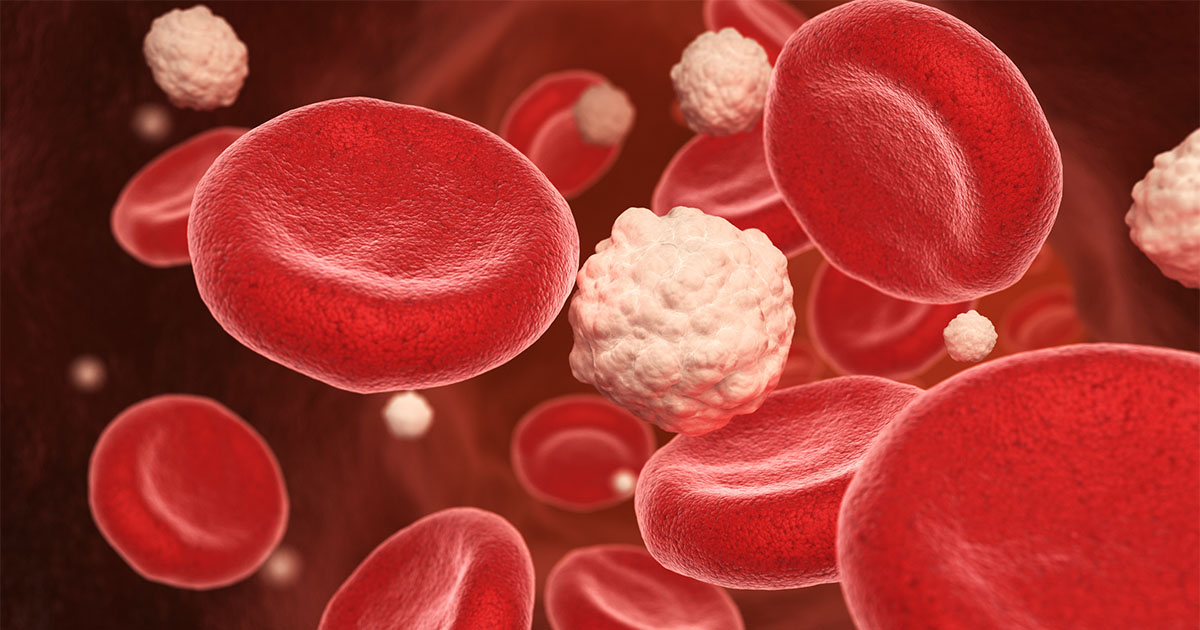Lipids lowdown
Kevin Fernando, GP, North Berwick
Hannah Beba, Consultant Pharmacist, West Yorkshire
• Every 1 mmol/L reduction in LDL-cholesterol results in an annual cardiovascular risk reduction of up to 28%, regardless of the intervention used.
• Growing evidence has driven down LDL-C targets over time; the 2019 ESC guideline recommends <1.4 mmol/L and a >50% decrease from baseline for those at very high cardiovascular risk.
- Combination lipid-lowering therapy should now be the norm to achieve these tighter LDL-C targets.
• If statin intolerance, consult the NHS England pathway.
- Risk factors include female gender, age >75 years, frailty, history of muscle disorders, impaired renal or hepatic function, personal or family history of intolerance to lipid-lowering therapies, hypothyroidism, excessive alcohol intake, high-intensity exercise, dehydration, vitamin D deficiency, statin drug interactions.
• Adding ezetimibe to statins achieves >20% additional reduction in LDL-C (doubling effective statin dose reduces LDL-C by around 6%).
• Bempedoic acid (Nilemdo®): NICE TA694 recommends use with ezetimibe where statins are not tolerated or contraindicated; licensed for use with statins and other lipid-lowering drugs.
- Increases in AST, ALT, uric acid, urea and creatinine and decreased haemoglobin seen in trials – monitor U&Es, LFTs
- Gout more common if elevated urate or previous gout at baseline.
• Icosapent ethyl (Vaskepa®): NICE TA805 recommends use for secondary prevention to decrease cardiovascular events if TGs are ≥1.7 mmol/L, statins are being used, and LDL levels are >1.04 and ≤2.60 mmol/L.
• PCSK9 inhibitors (alirocumab, evolocumab) – see NICE TA393 and NICE TA394:
- Primary prevention: only if familial hyperlipidaemia and LDL-C >4.0 mmol/L.
- Secondary prevention:
– In high risk (single CVD event), if LDL-C >4.0 mmol/L.
– In very high risk (multiple CVD events or events in different vascular beds), if LDL-C >3.5 mmol/L.
– In familial hyperlipidaemia, if LDL-C >3.5 mmol/L.
• Inclisiran (Leqvio®): NICE TA733 recommends use for primary (heterozygous familial and non-familial) or mixed dyslipidaemia when LDL is ≥2.6 mmol/L persistently despite maximum tolerated lipid-lowering therapy.

Diagnosis and management of hypertension in 2022
Richard McManus, GP and Professor of Primary Care Research, Oxford
Helen O’Neil, Lead Clinical Pharmacist, Sunderland
• One third of people on hypertension registers remain uncontrolled: 6–8 million people living with undiagnosed or uncontrolled high BP in England (NHS Digital, 2020).
• Reducing systolic blood BP by 10 mmHg reduces stroke risk by 41% and CHD events by 22% (Law et al, 2009). Diabetes increases absolute stroke and CHD risk, so amplifies risks of hypertension and benefits of treatment.
• Delays in follow-up and treatment intensification beyond 6 weeks increases cardiovascular events (Xu et al, 2015).
• Diagnose hypertension as for those without T2DM. Treatment:
- Lifestyle advice (diet and exercise, alcohol, smoking cessation, salt and caffeine intake) reduces BP and CVD risk: offer at diagnosis and periodically.
- ACE inhibitor (ARB if African–Caribbean or ACEi not tolerated).
- Add CCB or thiazide-like diuretic.
- ACEi/ARB, CCB and thiazide-like diuretic.
- Resistant hypertension (uncontrolled on 3 treatments): add spironolactone; check potassium prior to commencing; regular potassium monitoring – higher risk of hyperkalaemia as on ACEi.
– If potassium ≥4.5 mmol/L, consider alpha-blocker or cardioselective beta-blocker instead of spironolactone. - If BP remains elevated despite optimal dose of 4 drugs, refer for specialist advice.
• Same-day specialist review if severe hypertension (clinic BP ≥180/120 mmHg) with:
- Retinal haemorrhage or papilloedema.
- Accelerated or malignant hypertension.
- Life-threatening symptoms.
- New-onset confusion.
- Chest pain, signs of heart failure.
- Acute kidney injury.
- Suspected phaeochromocytoma.
• NICE targets (clinic BP):
- Diabetes and no CKD: <140/90 mmHg (<150/90 mmHg if >80 years).
- CKD and ACR <70 mg/mmol: <140/90 mmHg.
- CKD and ACR ≥70 mg/mmol: <130/80 mmHg.
• Home monitoring is a good option for ongoing management (McManus et al, 2018).








Risk ratios of 1.25 for autism spectrum disorder and 1.30 for ADHD observed in offspring of mothers with diabetes in pregnancy.
18 Jun 2025